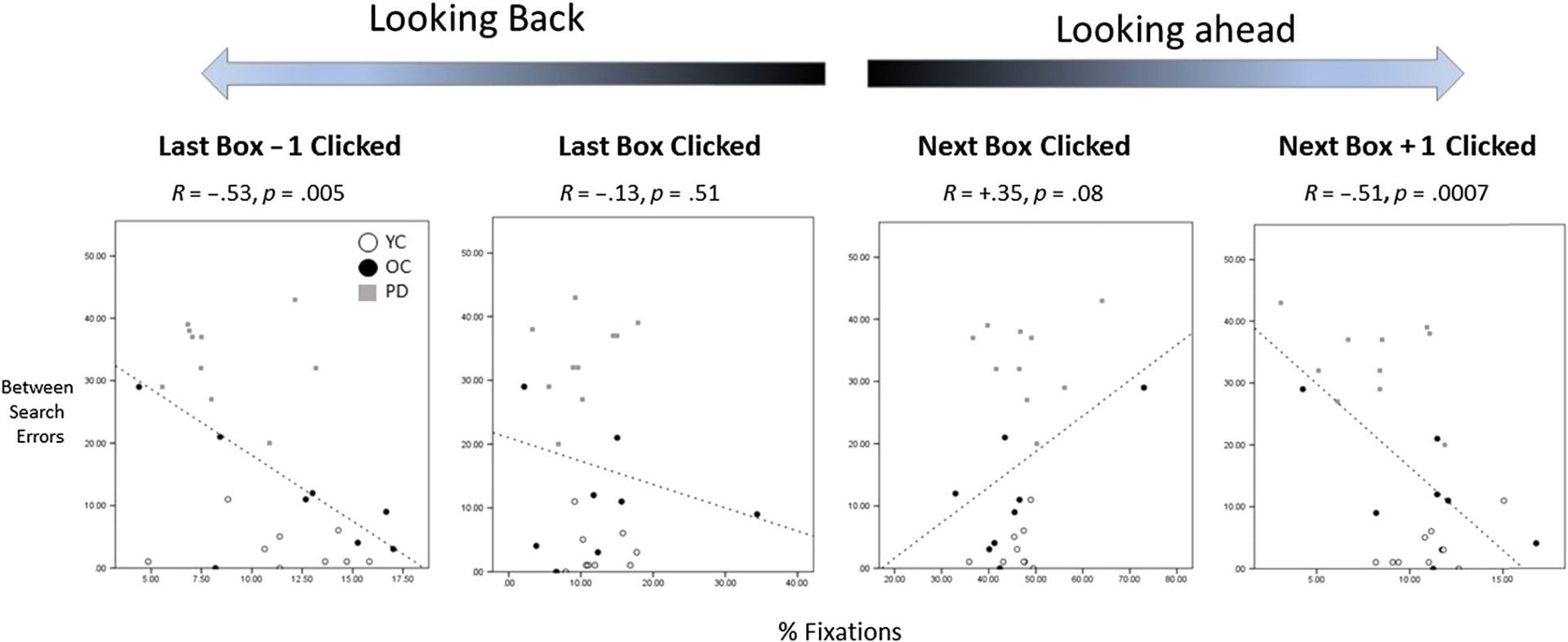This month we published a study describing how people direct eye movements during viewing of ancient stone tools. The work was led by Maria Silva Gago, Emiliano Bruner and other researchers from CENIEH University of Burgos Spain together with myself and former Lincoln PhD student Flora Ioannidou (now at University of Aberdeen).
The research used eye tracking and the “mouse click” attention tracking technique to measure which areas of stone tools attracted peoples interest most. High resolution photographs of Paeleolithic hand axes (example right), along with much more ancient (approximate 2 million year old) roughly worked tools (example below) were shown to participants. We found that people’s attention was drawn to the “knapped” surfaces of tools, as well as areas such as the base where the tool would normally be grasped. This was the case even though participants were just viewing pictures and not handling the objects and weren’t told the objects were tools.
 We also ran the images through a computer model which calculated the”salience” of different regions of the images. Some very influential models of vision suggest that attention is simply attracted to regions that stand out visually from the background (i.e. are more “salient”), but the computer model did not seem to explain our results very well. Instead, we think it was how the different parts of the tool might be grasped and used, rather than just how visually interesting it was, that was directing the viewers’ eyes.
We also ran the images through a computer model which calculated the”salience” of different regions of the images. Some very influential models of vision suggest that attention is simply attracted to regions that stand out visually from the background (i.e. are more “salient”), but the computer model did not seem to explain our results very well. Instead, we think it was how the different parts of the tool might be grasped and used, rather than just how visually interesting it was, that was directing the viewers’ eyes.
The results support the theory of object-action affordances proposed by James J Gibson in the 1970s. He suggested that the brain very quickly detects features of objects that are relevant for action, priming a tendency for us to carry out the associated action. One possibility is that through evolution our ancestors’ brains became increasingly sophisticated at detecting action affordances in stone objects. This lead in turn to the manufacture of more sophisticated tools with enhanced features designed to activate action affordances. This in turn may have caused further development in the brain’s object-action affordance network in an ongoing process of coevolution between human cognitive capacities and tool complexity.
The full paper is published in the journal Perception and can be read online here.
Some example eye movement sequences recorded in the study are shown below.









 neglect seen in adult stroke patients. Rather than just not moving their eyes I think 3-4 year olds didn’t “see” the Bee under these conditions and this is something I’d hope to follow up at future summer Scientist weeks.
neglect seen in adult stroke patients. Rather than just not moving their eyes I think 3-4 year olds didn’t “see” the Bee under these conditions and this is something I’d hope to follow up at future summer Scientist weeks.